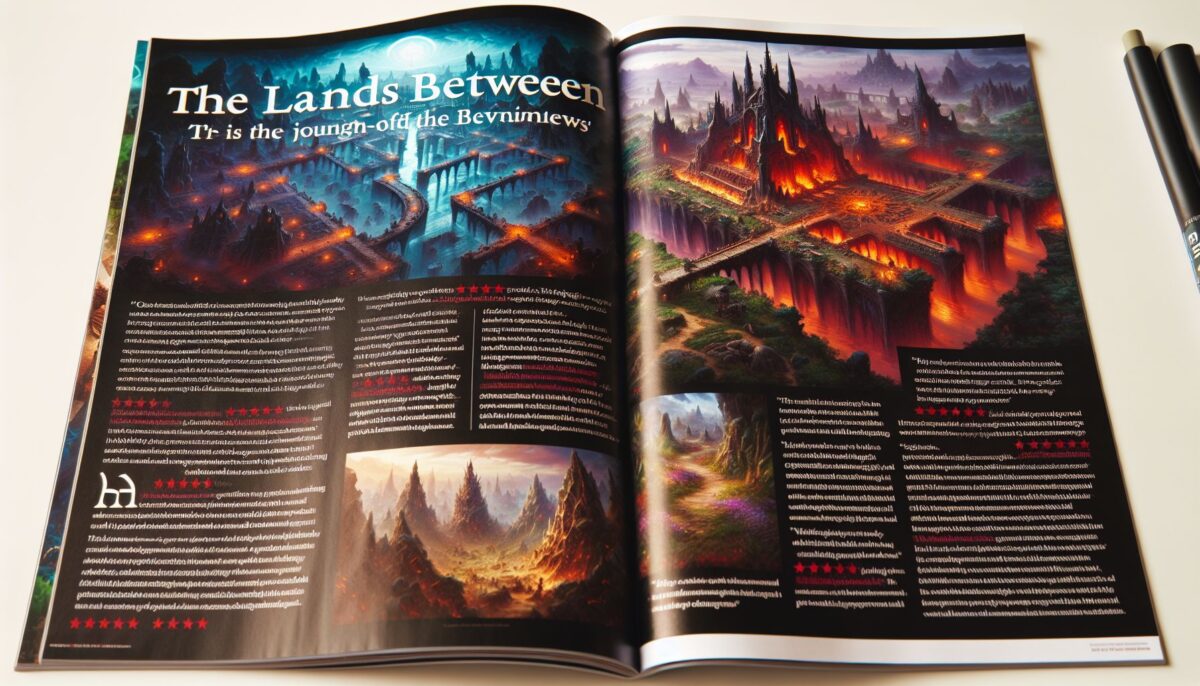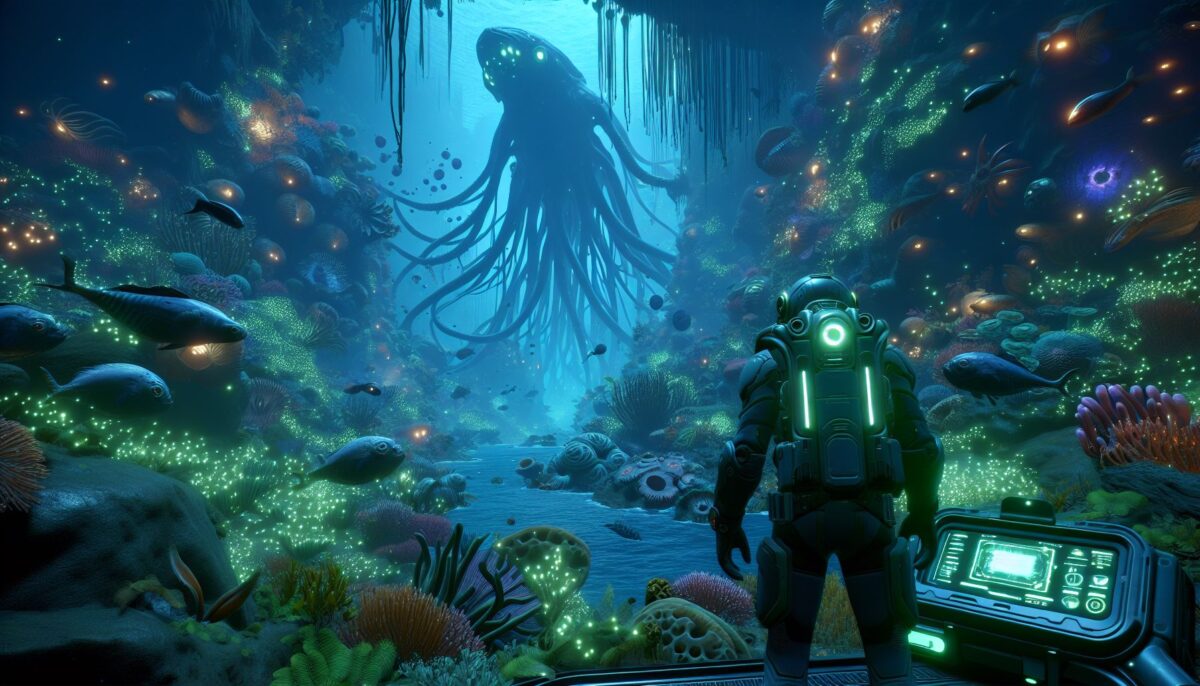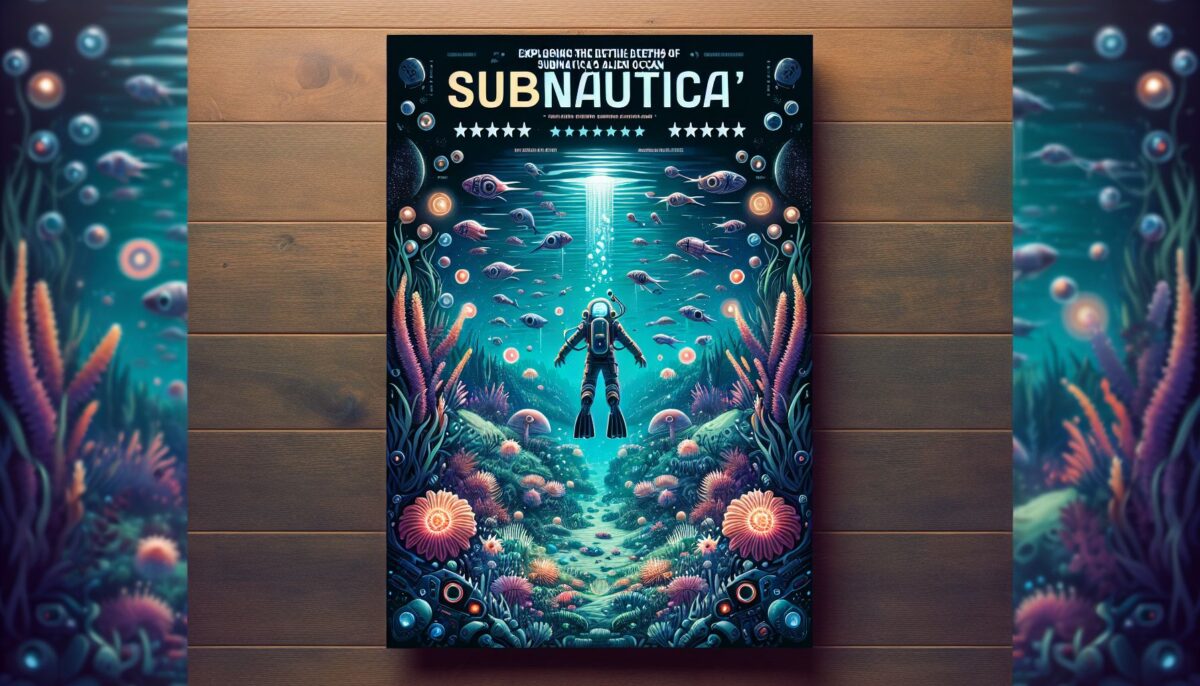The realm of gaming has seen its fair share of notable releases, but few have garnered as much attention and acclaim as “Elden Ring.” From the acclaimed developer FromSoftware, known for the Dark Souls series, Bloodborne, and Sekiro: Shadows Die Twice, Elden Ring is a sprawling, open-world RPG that delights, challenges, and occasionally frustrates. With George R.R. Martin’s hand in crafting the underlying mythology, it serves as a collaborative beacon between dark fantasy storytelling and intricate gameplay mechanics.
In this game review, we’ll delve into what makes Elden Ring both a formidable addition to FromSoftware’s pantheon and a potential starting point for newcomers to the developer’s daunting playstyle. We’re here to slice through the fog and help you understand whether this epic adventure is worth your time.
The World that Awaits: Exploring the Vast and the Visceral
One of the standout features of Elden Ring is undoubtedly its open-world. Known as the Lands Between, it’s not only vast in scope but rich in detail. The level design is a masterclass in creativity, featuring sprawling plains, towering castles, and eerie catacombs. Each locale feels distinct, with secrets and dangers lurking around every corner. The world’s interconnectivity is reminiscent of the original Dark Souls, but on a much grander scale, providing a sense of wonder and exploration that is nothing short of intoxicating.
Traversal is made engaging thanks to your spectral steed, Torrent. This addition fundamentally changes the pace and approach to exploration, with the ability to summon your mount and gallop across the fields or leap to seemingly unreachable places. This mechanic is a game-changer, creating a seamless blend of on-foot tension and mounted exhilaration.
Combat and Customization: Honing Your Skills
Combat is where Elden Ring exhibits its heritage. It’s methodical, punishing, and deeply gratifying. Boss battles, in classic FromSoftware fashion, are the centerpiece, demanding precision, patience, and strategy. Elden Ring introduces a new feature called the Spirit Summoning System that allows players to conjure spirits to aid in battles, adding a welcome layer of strategy and accessibility to the tense encounters.
Customization in Elden Ring is both comprehensive and compelling. The game offers a myriad of weapons, spells, and armor that can drastically change your approach to combat. Whether you’re a mage that prefers to attack from a distance, a heavy knight that’s all about defense, or a nimble rogue that relies on speed and stealth, Elden Ring’s RPG elements are finely tuned to accommodate varying playstyles.
The Tarnished Tales: Storytelling and Mystique
Elden Ring’s storytelling is cryptic, scattered throughout the environment, item descriptions, and NPC dialogues. This narrative approach may not satisfy those who prefer a more straightforward story, but for players who enjoy piecing together lore and uncovering the world’s secrets organically, the storytelling is a treasure trove.
The collaboration with George R.R. Martin adds gravitas to the game’s mythos. While Martin’s involvement is often felt in the world’s rich history and lore, the day-to-day narrative beats are pure FromSoftware, prompting players to fill in the narrative blanks with their deductions and imagination.
Graphics and Sound: A Symphony of Despair and Beauty
Graphically, Elden Ring is a mixed bag. The art design is magnificent, showcasing a level of detail and artistic flair that brings the Lands Between to life, particularly on next-gen consoles and high-end PCs. However, there are moments when technical limitations surface, including occasional frame drops and texture pop-ins, which can momentarily break the immersion.
The sound design is, without reservation, top-notch. The roar of monsters, the clashing of swords, and the haunting soundtrack all coalesce into an atmospheric and engaging audio experience. It’s a reminder of the power of sound in a game of this magnitude and how it compleates the world’s overall tone.
The Double-Edged Sword: Where Elden Ring Stumbles
As exquisite as the experience can be, Elden Ring is not without its flaws. Some may find the open-world too vast and directionless, occasionally leading to a sense of tediousness. For players new to FromSoftware’s signature difficulty, the steep learning curve might be more intimidating than inviting.
The UI and inventory management are areas where simplicity should have been a priority, but instead, the cluttered interface can be overwhelming, especially to those new to the genre. The balancing of some gameplay elements, such day-night cycle and weather effects, while adding depth, can sometimes feel more cosmetic than impactful.
An Epic For the Ages or a Fable for the Few?
In conclusion, Elden Ring is a monumental achievement in gaming. It manages to welcome newcomers while still challenging hardcore fans of the genre. For every qualm about its interface or occasional technical hiccup, there are countless moments of pure awe as you discover something new or conquer a seemingly impossible odds.
While Elden Ring may not redefine the action RPG genre, it certainly pushes its boundaries, offering a world that’s both beautiful and bleak, filled with wonders and horrors in equal measure. It’s a game that demands patience and perseverance but rewards those willing to rise to its challenge with an experience unmatched in depth and engagement.
Whether you’re a seasoned veteran of FromSoftware’s titles or a curious adventurer looking to make your mark in the Lands Between, Elden Ring stands as a testament to what video games can be — an artful blend of storytelling, gameplay, and player agency that will be talked about for years to come. This game review serves as a glimpse through the fog gate; whether you choose to traverse the threshold is a journey worth taking for any gamer.









